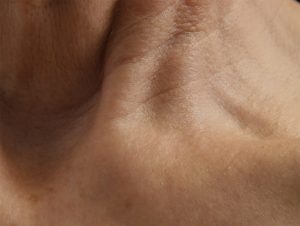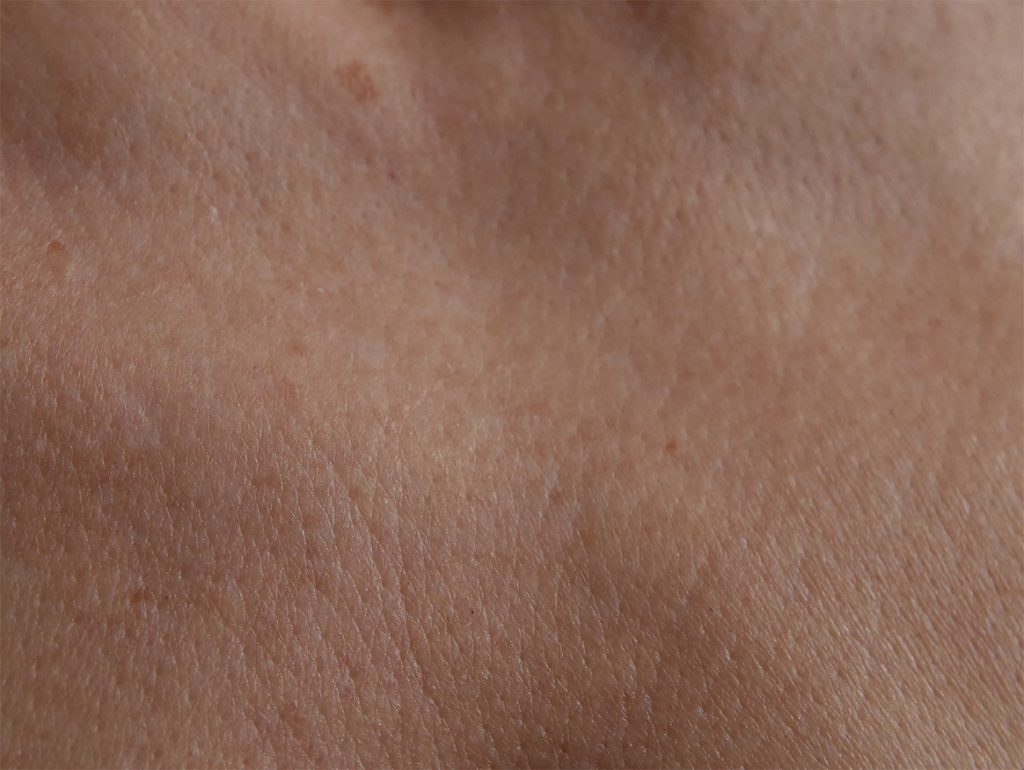Stilleben no. 2 (2018) by Maria Øy Lojo
Video documentation of the exhibition (8:07 min.)
In my artistic practice, I am generally concerned with biologically inherited and culturally conditioned movement, bodily sensation of space and the space that the body senses. Skin is explored as a tactile sensor, a boundary and limit switch; and the space as a living organism.
In the context of conservation issues in this project, I want to explore the human body as a conservation container for history, heritage, culture and movement patterns.
What strategies does the body use to break with old movement patterns, or to preserve inherited movement in a contemporary context? How does it negotiate in the face of other body cultures? How does the body react in a direct encounter with the historical origin of the movements it itself preserves? Its own movement history, so to speak.
– Maria Øy Lojo about the project Stilleben
The exhibition Stilleben no. 2 was shown at Visningsrommet USF, Bergen, in 2018. The participants in the work are local residents in Bergen who imitates poses of depicted people and icons from Western Norway’s art heritage (for example, icons from Mariakirken or portraits from Rasmus Meyer’s collections).
Sommeren 2018 arrangerte Øy Lojo , der
In the summer of 2018, Øy Lojo arranged the Historieboden at USF Feriekoloni, where she curated video art in a container and used one of the colony’s architect-designed shop booths for modular art exhibitions. The history booth functioned as a kind of stationary Asbjørnsen and Moe setting, where the audience could experience stories, share their own and create new ones. The event sprang from experiences she had with the exhibition Stilleben no. 2 at the Visningsrommet USF, where a strong relational and social dimension of the project became even clearer. The audience’s bodily experiences of the exhibition were given more space, like an arena for dialogue where the audience’s own experiences are central without the art itself having to compromise in order to be “understood”.
Historieboden expanded rapidly with many artists involved in a short time.
Based on this, Øy Lojo repeated Historieboden the following year, but she expanded and gave more time for in-depth study for the artists involved, who to a greater extent used the arena to develop work over time and to exhibit these. What kind of installation this should become was developed by the artists, who were selected primarily based on projects and works that had a spatial and physical anchoring, and that did not require an academic approach to the works presented.
Artists, dancers and architects were invited into an artistic dialogue around the project’s themes, where the physical architecture of the Visningsrommet USF was emphasized, strengthened and/or challenged.



